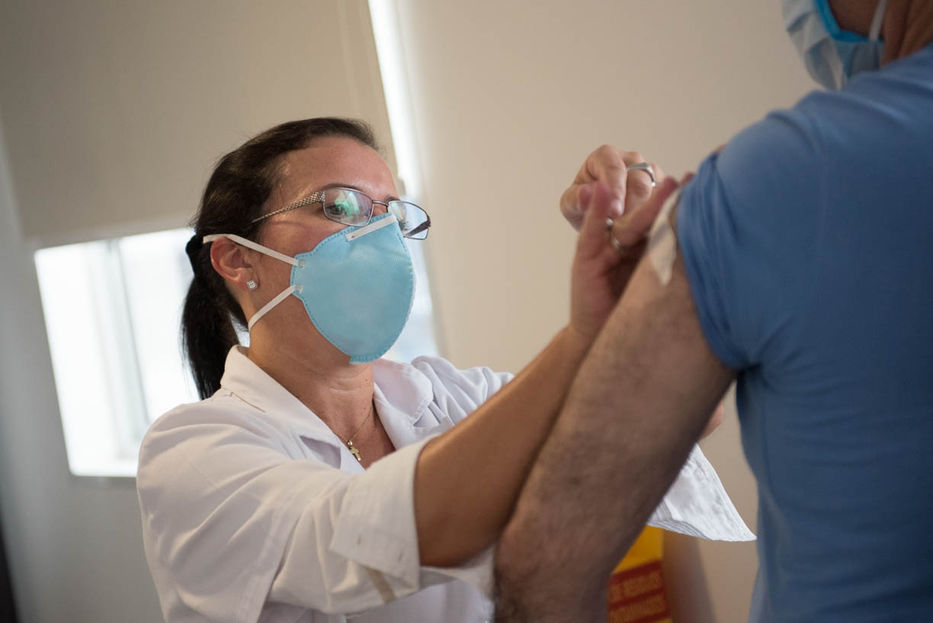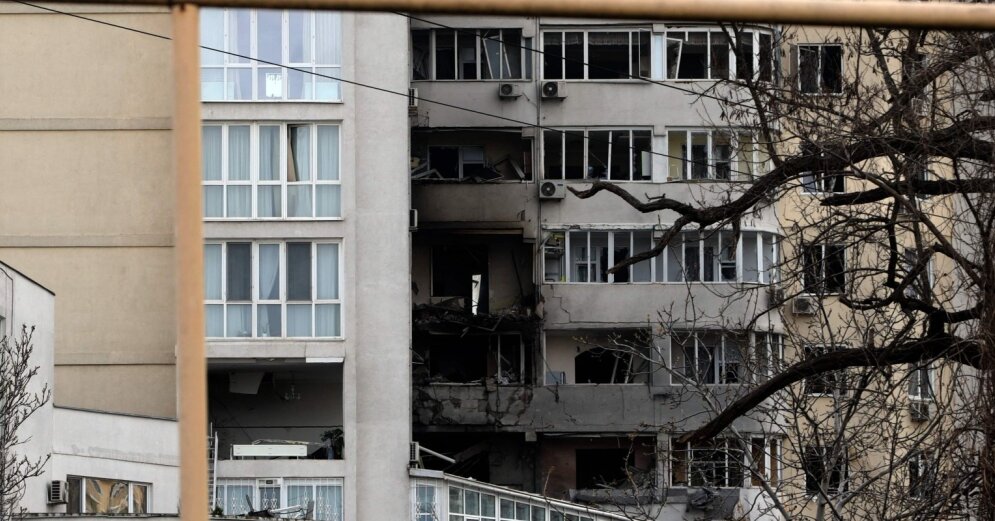The campaign of flu vaccination began this Monday with the vaccination of residents and officials of the ELEPEM (Long-Stay Establishments for the Elderly) and as of Wednesday, May 4, the vaccine will be available in all vaccination centers in the country.
The flu vaccine is free and not compulsory. However, the Ministry of Public Health (MSP) strongly recommends that people with risk factors receive it and then the rest of the population.
Vaccination logistics will be developed through a staggered strategy, which, although it seeks to prioritize risk groups, the portfolio’s Immunization unit emphasizes the importance of taking advantage of the “vaccination opportunity”. This means that if a person with risk factors approaches the vaccination and is accompanied by another who does not have such a condition, if the companion wants to receive the vaccine, they can do so at the time.
“The main objective of the campaign against the flu is to protect the population, especially those with risk factors, from suffering from severe forms of flu or influenza,” reported the MSP.
The first prioritized group corresponds to people over 65 years of age, people institutionalized in long-stay facilities, pregnant or postpartum women (up to 6 months after the baby was born) and health personnel, who, due to the characteristics of their work, are more exposed.
Then, the priority for vaccination against influenza is the population of children from 6 months to 4 years and 11 months, adolescent children and adults with comorbidities, and essential personnel; Finally, vaccination is extended to continue with the general population.
Vaccination is free and anyone can receive it at any vaccination clinic regardless of their health provider; Each institution must organize its own logistics in order to carry out an orderly campaign.
The influenza vaccine can be administered from 6 months of life. Children under 8 years of age who are vaccinated for the first time should receive two doses four weeks apart; the rest of the population will receive a single dose.
The Ministry of Public Health places special emphasis on taking this instance as an opportunity to catch up with all the vaccines provided for in the vaccination schedule of the expanded immunization program (EPI).
In case of identifying that a vaccine is missing, the portfolio’s recommendation is to prioritize the mandatory vaccines that are part of the scheme against any other. In addition, vaccination against covid-19 continues to be developed. Along these lines, the Immunizations unit recalled that adolescents and adults can be administered the vaccines against covid-19 and influenza simultaneously, in the same instance.
In the case of children, the recommendation is to wait 14 days between one vaccine and another, without it being cause for alarm if this requirement is not met.
People with risk factors for severe clinical forms of influenza:
Pregnant women (any stage of pregnancy). It can be administered together with the whooping cough vaccine (dpaT)
Women during the first 6 months postpartum, promoting the vaccination of postpartum women prior to discharge from the maternity (it can be administered together with the dpaT vaccine if it was not received before)
People 65 and over
Health personnel, including students from all health areas and caregivers or companions of patients
Residents and workers of ELEPEM and other long-stay centers
Persons deprived of liberty
People who are homeless or who spend the night in shelters.
Children from 6 months to 4 years and 11 months of age.
Essential services personnel: police, firefighters, military and teachers
Poultry and poultry hatchery staff
People aged 5 and over with chronic diseases, prioritizing carriers of the following pathologies:
COPD, emphysema and asthma.
Severe obesity: Body Mass Index equal to or greater than 40.
heart disease
Diabetes.
Immunocompromised people: patients with HIV, neoplasms, chronic kidney or liver diseases, prolonged use of immunosuppressive drugs, etc. People living with these patients are included.
Hematological diseases.
Neuromuscular diseases.
–


